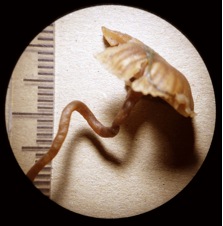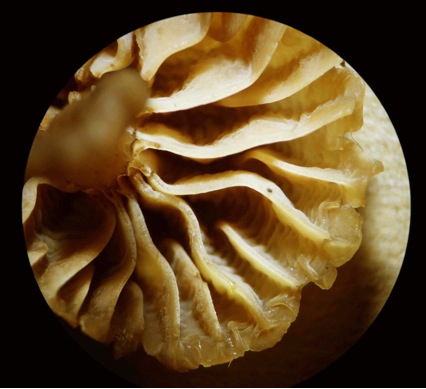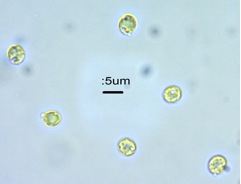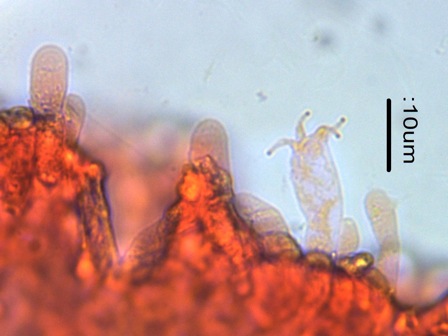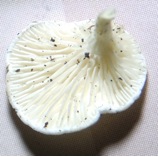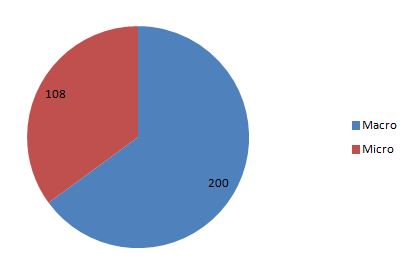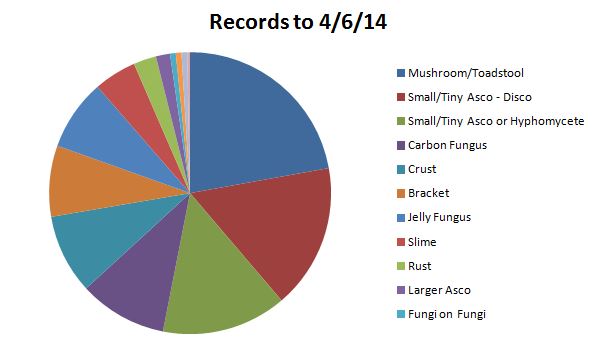STOP PRESS: Waxcap Workshop at the Longshaw Estate on the weekend of 11-12 October 2014. For more information, please contact Rob directly via robdfoster@yahoo.co.uk.
See Meetings page for more info
I’ve got a bit behind with the Blog, so here goes with a catch-up.
We’ve had a couple of Saturday outings to enable people who can’t join us midweek to come along. The first one of these was on the Saturday of the Bank Holiday weekend – I think people must have had other plans, as there was just the three of us (John, Steve, and myself) plus a lady from Doncaster Naturalists who joined us from the morning. As this was also before the short sharp drop in temperatures and brief wet spell, there wasn’t a huge amount of stuff around in the Longshaw meadow, and little more in the small woodland at its edge, although I was distracted by a couple of Great Spotted Woodpeckers having a bit of a territorial scrap. The heather was beginning to bloom, so there were fine views to be had

View towards Carl Wark and Higger Tor
The next outing, Survey 19, saw Steve and John on holiday, leaving Rob and me in charge, with the company of another John. We started off by walking up to Kettle Pasture in the hope of finding a few grassland species. We found a few Entolomas, a couple of Waxcaps and a lot of small brown mushrooms, which we dutifully recorded to the best of our ability. A lot of bracken growth obscured a lot of the pasture, but we did manage to find this:

Mosaic Puffball – Lycoperdon utriforme
Entering the woodland, we found many more fungi – far too many for the two of us to record, so we concentrated on a few small areas. Here are some of the highlights:

Lycoperdon pyriforme – Stump Puffball

Coprinellus disseminatus – Fairy Inkcap
A final walk back to the main track threw up a few more finds – a couple of Waxcaps, a Russula – probably Russula cyanoxantha – the Charcoal Burner and a couple of Field Mushrooms.
Steve and I made an impromptu afternoon visit to Rough Wood on his return from holiday and were joined by Sally, the aim being to catch up on a few of the new woodland arrivals that we had not had time to investigate on the previous visit. We had a few very nice finds, on of the more special ones being this cup fungus inside a Turkey Oak cup

Lanzia echinophila (subject to microscopy)
and one of those you see in the book and hope to find in real life:

Hemimycena tortuosa – Dewdrop Bonnet
Returning via the main path, we found some fresh waxcaps, including:

Hygrocybe psittacina – Parrot Waxcap
and a very impressive clump of Porcelain Fungi

Oudemansiella mucida – Porcelain Fungus
Survey 20 was another Saturday meeting, and this time the attendance was much better, with a few newcomers including the lady who had been commissioned to do the survey for Network Rail. We were hoping to reach 1000 species for the site – the results will be in when the IDs have been confirmed! It was another fine day, and there was much more variety to be found in the grassland to the South East of the Lodge including a good range of wax caps, a few club fungi, and the inevitable small brown mushrooms – Roundheads, Mottlegills and Bells. Quite a few where showings signs of the lack of rainfall over the last week or two.

Panaeolus papilionaceus – Petticoat Mottlegill

Hygrocybe coccinea – Scarlet Waxcap

One of those pesky little yellow waxcaps – Hygrocybe sp.

Clavulinopsis sp – a Club
Oh, and one of our favourites was found on some nice juicy cow dung –

Pilobolus crystallinus – Hat Thrower or Dung Canon
I’m updating the meetings page too, so please check that out. Everyone welcome!



